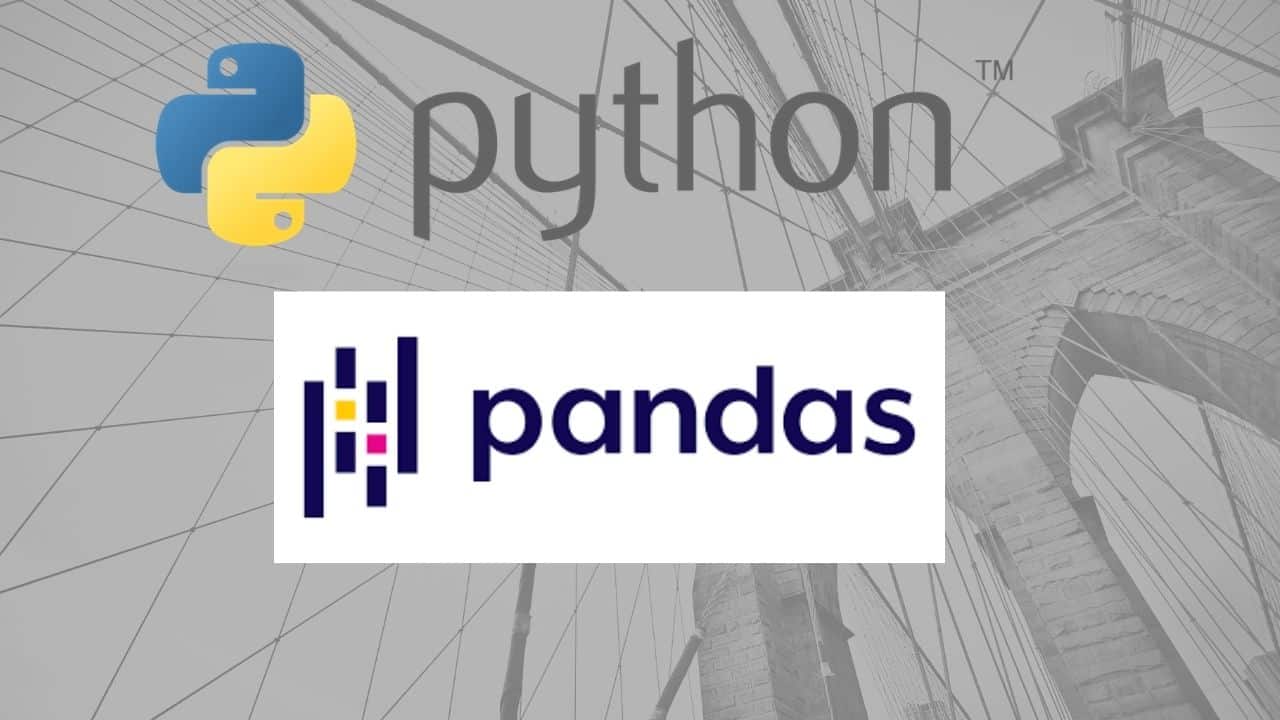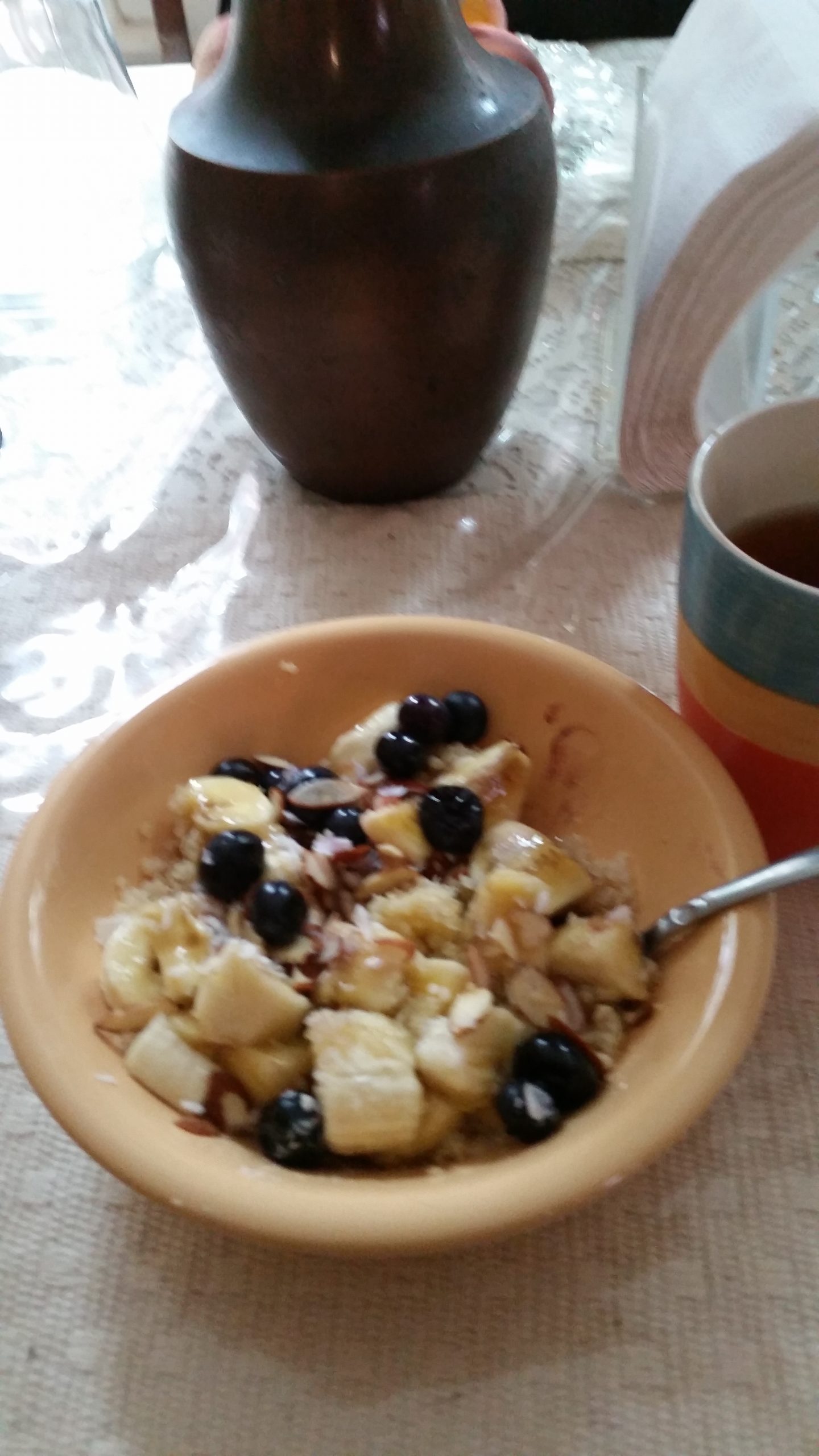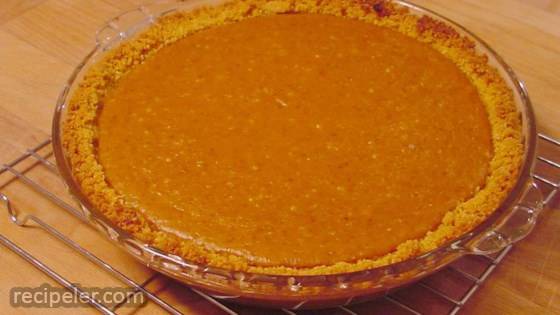Ultimate Guide to Cooking with Pandas Python Library

Imagine you're not just processing data, but actually creating an entire meal using the Pandas Python library. Sounds unconventional? Yet, it's an apt metaphor for those eager to master the art of data manipulation. Welcome to the Ultimate Guide to Cooking with Pandas, where we blend the precision of culinary arts with the power of data analysis.
The Basics of Pandas Ingredients

Let’s start by understanding the core components that make Pandas so useful:
- DataFrame: Think of it as the main dish. It’s a two-dimensional, size-mutable, potentially heterogeneous tabular data structure with labeled axes (rows and columns).
- Series: Your side dishes - a one-dimensional array holding data of any NumPy datatype.
- Index: This is your menu, providing a way to reference data by labels rather than position.
🍳 Note: Think of DataFrame as your recipe book, Series as individual recipes, and Index as the page numbers or bookmarks to quickly find your recipes.
Preparing Your Data Kitchen

To get started with Pandas:
- First, install Pandas if you haven’t already. You can do this via pip:
pip install pandas
import pandas as pd
Data Prepping - The Sauté

Before you dive into creating your culinary masterpiece, you need to prep your ingredients:
- Reading Data: Load your data from various sources like CSV, Excel, or SQL databases.
- Data Cleaning: Handle missing values, remove duplicates, convert data types, and normalize data.
df = pd.read_csv(‘my_data.csv’)
df.dropna(inplace=True)
df.drop_duplicates(inplace=True)
df[‘Date’] = pd.to_datetime(df[‘Date’])
🌿 Note: Data cleaning is like seasoning your ingredients; it enhances the flavor of your analysis.
Cooking Up Analysis - The Main Course

With your data prepped, it’s time to start the actual cooking:
- Merging Datasets: Combine data from different sources.
- Aggregating Data: Use groupby to create summaries.
- Data Transformation: Apply functions across your data or pivot it.
merged_df = pd.merge(df1, df2, on=‘common_column’, how=‘inner’)
grouped = df.groupby(‘Category’)[‘Value’].mean()
df[‘Total’] = df[‘Quantity’] * df[‘Price’]
df.pivot_table(index=‘Date’, columns=‘Product’, values=‘Sales’, aggfunc=‘sum’)
Presentation - Plating Your Data

How you present your data can make all the difference:
- Visualizations: Use libraries like Matplotlib or Seaborn for graphical representation.
- Summary Statistics: Get a quick overview with:
import matplotlib.pyplot as plt
df[‘Value’].plot(kind=‘bar’)
plt.show()
df.describe()
| Statistic | Interpretation |
|---|---|
| count | Number of entries in each column |
| mean | Average of the numeric columns |
| std | Standard deviation |

Cleaning Up - Your Final Preparations

Just like in a kitchen, you need to clean up after cooking:
- Memory Management: Free up memory by deleting unnecessary variables.
- Data Export: Save your results for future use or sharing.
df.to_csv(‘output_data.csv’)
🍽 Note: Proper cleanup ensures your kitchen (or memory) is ready for the next culinary adventure.
In this journey through data analysis with the Pandas library, we've metaphorically cooked up a storm. You've learned to handle, clean, manipulate, and visualize your data, much like an experienced chef in the kitchen. Each step, from data prepping to presentation, requires attention to detail and a thoughtful approach, ensuring the end product is not only insightful but also digestible to those who consume it. Remember, the key to mastering Pandas, like any culinary skill, is practice, patience, and creativity in how you choose to present your data dishes.
What is the difference between a DataFrame and a Series in Pandas?

+
A DataFrame is a two-dimensional labeled data structure, like a table with rows and columns. A Series, on the other hand, is one-dimensional and can be thought of as a single column of a DataFrame.
How can I handle missing data in Pandas?

+
You can handle missing data by using methods like dropna() to remove rows or columns with missing values, fillna() to fill missing values with a specified value, or interpolate() to fill in missing values based on the data around it.
Why should I use Pandas for data analysis?

+
Pandas offers powerful tools for data manipulation and analysis, making it easier to handle large datasets, perform data cleaning, aggregation, and visualization, all within the Python ecosystem.



